Seriously, What Should I Eat for Healthier Hair? A No-Nonsense Guide
Over the years in my nutrition practice, people come to me for all sorts of reasons—better energy, weight management, you name it. But it’s amazing how often the conversation quietly turns to hair. Men and women both. They’ll lean in and talk about seeing more strands in the shower drain or feeling like their ponytail is getting thinner. It’s a super personal thing, and it can make you feel totally powerless.
In this article
- The Quick Science: What Your Hair is Hungry For
- The Building Blocks Your Hair Follicles Crave
- Putting It All Together: What a Hair-Healthy Plate Actually Looks Like
- A Sample Day of Eating for Your Hair
- The Big Mistake That Wrecks Hair: Crash Dieting
- Let’s Talk Supplements: Food First, Pills Second
- Your Hair-Healthy Shopping List
- Final Thoughts: Consistency Beats Perfection
- Inspirational Gallery
So, let’s get one thing straight right away. Your diet isn’t a magic wand for hair loss. Things like genetics, hormones, and age are huge players in this game. If you’re seeing sudden or really significant hair loss, your first call should be to a doctor or a dermatologist. Seriously. We need to rule out any underlying health issues that need medical attention. My role is to work with that, not instead of it.
Think of it this way: your hair follicles are like tiny, non-stop factories. They’re working 24/7 to push out new hair. And like any factory, they need a steady supply of quality raw materials. If the supply chain of nutrients gets cut off, production slows way down, and the final product (your hair) ends up weak and brittle. My job is to help you build a killer nutritional supply chain, straight from your plate.
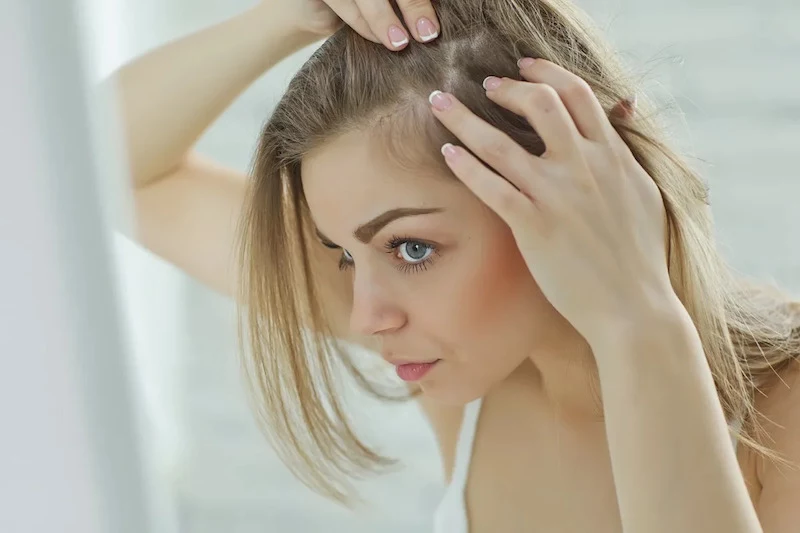
This guide is all about what I’ve seen work, backed by solid science. We’re going to go beyond just a list of ‘good foods’ and get into the nitty-gritty of how you can build a realistic, sustainable eating plan that gives your hair its best shot.
The Quick Science: What Your Hair is Hungry For
To get why food matters, you have to know a little about how hair even works. It’s not just dead stuff on your head; it’s the end of a pretty complex biological cycle. Every single hair goes through three phases:
- The Growth Phase (Anagen): This is the main event, lasting anywhere from 2 to 7 years. Cells are dividing like crazy to build a new hair strand. This phase is incredibly demanding and requires a ton of energy and nutrients. This is where your diet makes its biggest splash.
- The Transition Phase (Catagen): A short, 10-day transitional stage where the follicle shrinks and cuts itself off from its blood supply.
- The Resting Phase (Telogen): The follicle chills out for about 3 months before the old hair sheds and a new one starts growing. Losing 50-100 hairs a day is totally normal and part of this cycle.
When you’re low on key nutrients, your body can shorten that awesome growth phase and shove more hairs into the resting phase way too early. This is what pros call telogen effluvium—that scary, all-over shedding. It’s one of the most common types of hair loss I see linked to diet, especially after someone has been on a crash diet or has been sick.
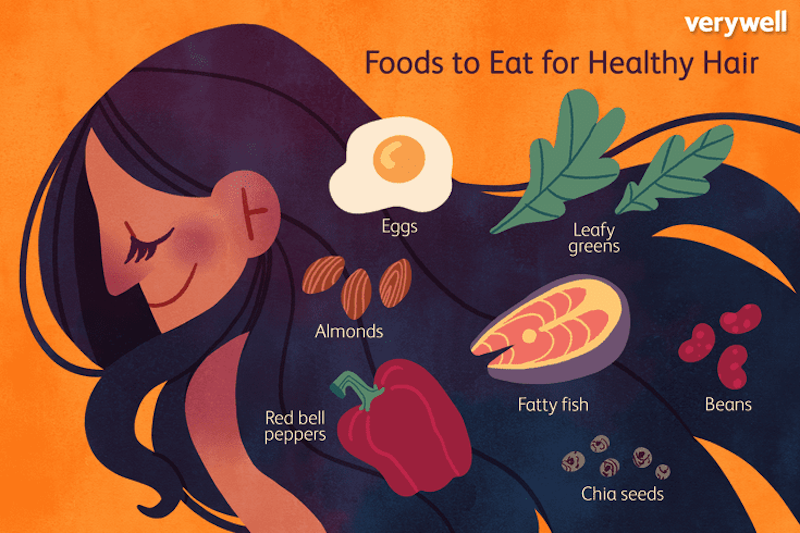
The Building Blocks Your Hair Follicles Crave
Your little hair factories need very specific supplies. Here are the big ones.
Protein (Specifically, Keratin): Your hair is literally made of protein—about 95% of it is a tough stuff called keratin. To make it, your body needs amino acids, which you get from eating protein. If you’re not eating enough, your body has to ration. It sends the protein it does get to vital organs first. Hair growth? That’s considered a luxury item, so it’s one of the first assembly lines to get shut down.
Iron: Honestly, this is one of the most important minerals for hair. I’ve seen its impact countless times. Iron is what helps your red blood cells shuttle oxygen around your body. Your hair follicles are high-energy and need a ton of oxygen to work right. When iron is low, that oxygen supply gets choked off. When I suspect low iron, I always refer clients to their doctor for a blood test to check their ferritin levels—that’s your body’s stored iron. A lot of doctors might see a low number and say it’s ‘normal,’ but for optimal hair growth, many dermatologists I’ve worked with want to see that ferritin level hit at least 40 ng/mL, and ideally be closer to 70 ng/mL.

Zinc: This mineral is a key player in hair tissue growth and repair. It also keeps the oil glands around the follicles working correctly. It’s a delicate balance, though. Too little can cause hair loss, but taking too much in supplements can cause problems, too. Heads up! The safe upper limit for adults is 40 mg of zinc per day from all sources (food and supplements combined), so don’t go crazy with high-dose pills without a doctor’s say-so.
Vitamin C: It’s not just for colds! This vitamin is crucial for two reasons. First, it helps your body make collagen, a protein that strengthens hair. Second, and this is the big one, it helps your body absorb iron from plant-based foods. Without enough Vitamin C, the iron from your spinach and beans might just pass right through you without doing any good.
B-Vitamins (especially Biotin): Biotin gets all the hype, but a true deficiency is super rare if you eat a reasonably varied diet. Most of the marketing around biotin supplements is just that—marketing. It only really helps if you’re one of the very few people who are truly deficient. Other B-vitamins are also important for the overall energy production that fuels your hair factories.
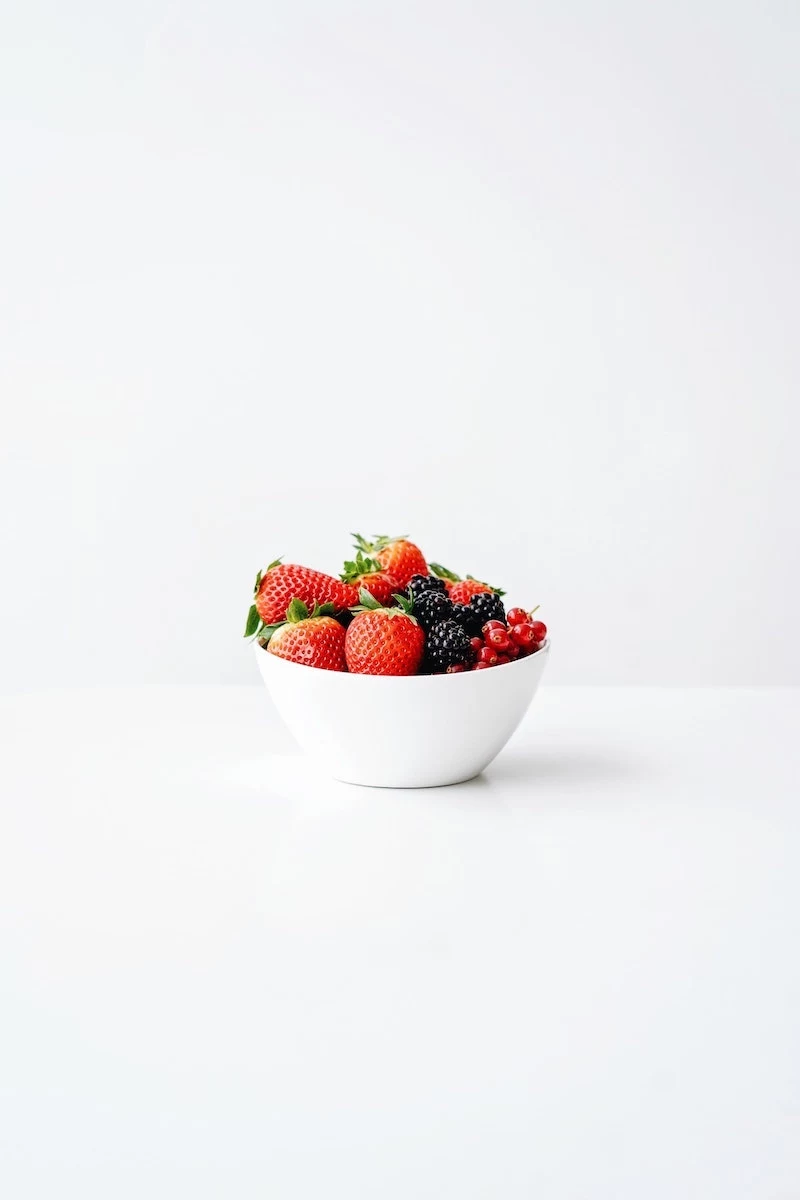
Omega-3 Fatty Acids: Think of these as anti-inflammatory heroes. Inflammation on the scalp can mess with hair growth, and these healthy fats help calm things down while nourishing the scalp.
Putting It All Together: What a Hair-Healthy Plate Actually Looks Like
Okay, enough science. Let’s make this practical. This isn’t about restriction; it’s about adding the good stuff in consistently.
Get Serious About Protein at Every Meal
This one is non-negotiable. Aim for a solid protein source at breakfast, lunch, and dinner to keep a steady supply of those amino acids coming in. What does that look like? Aim for about 20-30 grams per meal. Visually, that’s about a cup of Greek yogurt, a scoop of protein powder, or a piece of chicken or fish that’s about the size of a deck of cards.
- Top-Tier Sources: Eggs are basically a perfect hair food. You get high-quality protein and biotin. Lean chicken, turkey, and fish are fantastic. Greek yogurt is a protein powerhouse.
- Plant-Based Power: If you’re plant-based, you just need to be a bit more strategic. Lentils, chickpeas, beans, tofu, and edamame are your best friends.
Master Your Iron (and How to Absorb It)
Getting enough iron is a skill. There are two types, and they act differently. Heme iron, from animal foods like red meat and poultry, is easily absorbed. Non-heme iron, from plants like spinach, lentils, and beans, is harder for your body to use.
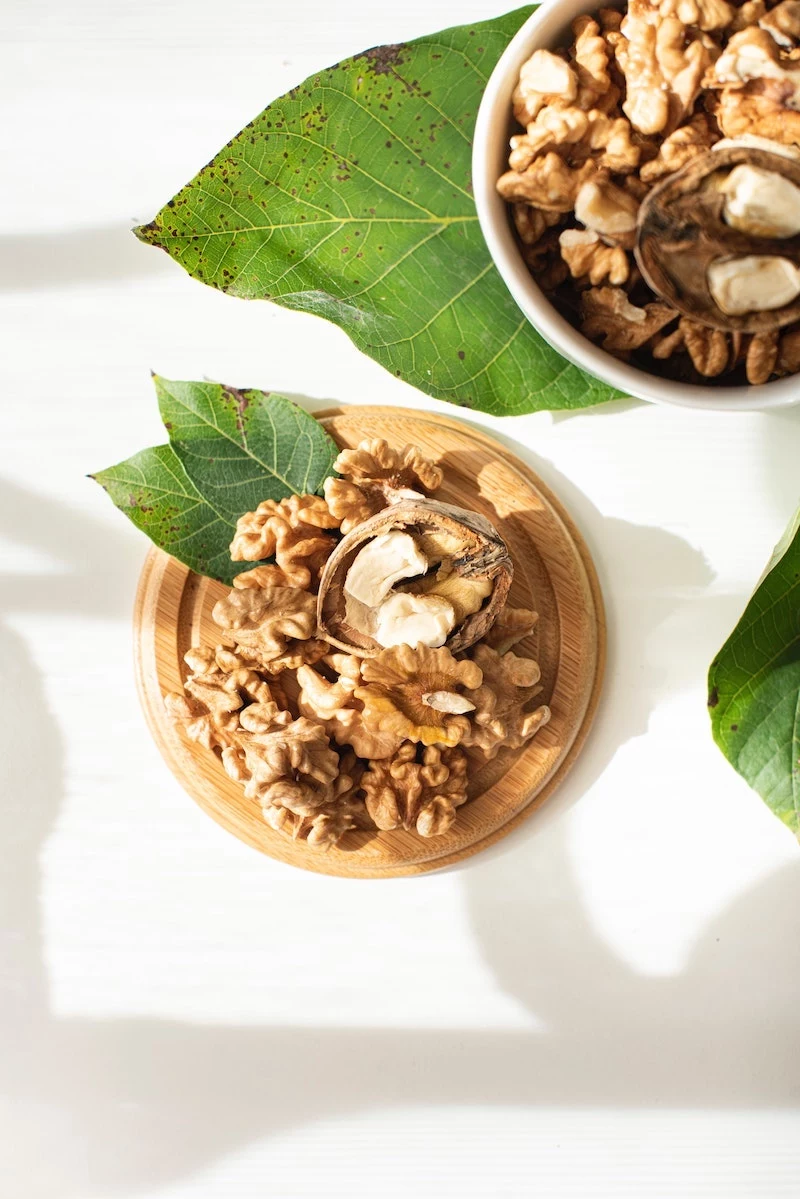
Here’s the most important trick I teach my clients: Always pair your plant-based iron source with Vitamin C. That squeeze of lemon over your lentil soup or adding chopped bell peppers to your bean salad can boost iron absorption by up to six times! Other great combos? A spinach smoothie with a kiwi tossed in, or a bowl of fortified cereal topped with strawberries. It’s a game-changer.
Add Healthy Fats for a Happy Scalp
Your body can’t make omega-3s, so you have to eat them. Fatty fish like salmon, mackerel, and sardines are the best sources. Aim for two servings a week.
Quick Tip: To save money, don’t sleep on canned salmon or sardines! They are just as packed with omega-3s and are way more affordable, usually costing just $2-$4 a can. Wild-caught salmon is great, but it can be pricey, sometimes running $15-$25 per pound.
But What If I Hate Fish?
No problem! If the thought of fish makes you queasy, you can still get your omega-3s. Focus on these plant-based stars:
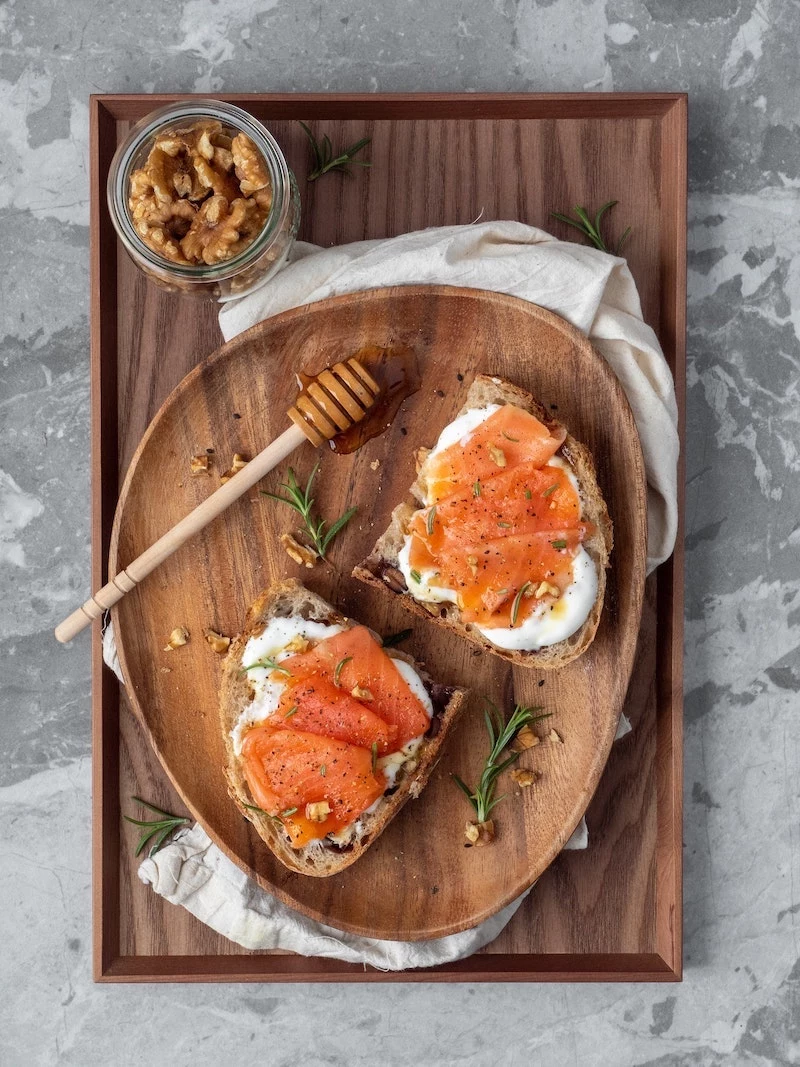
- Walnuts: A top choice for plant-based omega-3s.
- Ground Flaxseeds: A pro-tip is to buy whole flaxseeds (they’re cheaper and last longer) and grind them yourself in a coffee grinder. Store the ground meal in the freezer to protect the delicate oils from going bad. A tablespoon or two a day is perfect.
- Chia Seeds: Easy to toss into smoothies, yogurt, or oatmeal.
A Sample Day of Eating for Your Hair
Okay, so what does this all look like on a plate? It’s easier than you think. Here’s a simple, no-fuss example:
- Breakfast: A bowl of Greek yogurt (protein!) topped with a handful of strawberries (vitamin C!) and a tablespoon of ground flaxseed (omega-3s!). Simple, fast, and covers multiple bases.
- Lunch: A big salad with a ton of spinach (iron!), a can of chickpeas (protein and iron!), and lots of chopped red bell pepper (major vitamin C to help absorb that iron!). Drizzle with an olive oil vinaigrette.
- Dinner: A palm-sized portion of baked salmon (protein and omega-3s!) served with a side of roasted sweet potato (beta-carotene for vitamin A!) and steamed broccoli (more vitamin C!).
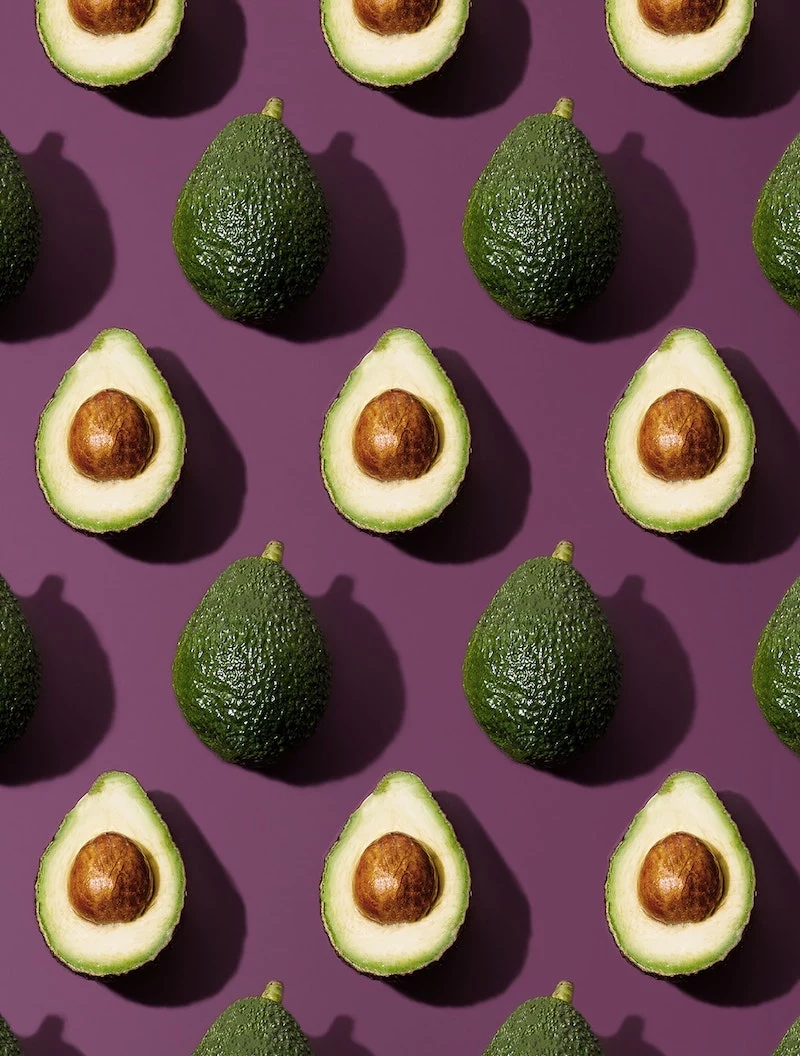
The Big Mistake That Wrecks Hair: Crash Dieting
I have to give you a serious warning here, based on some heartbreaking stories. Rapid, severe weight loss is a massive shock to your body. It thinks it’s starving and immediately goes into survival mode, shutting down all ‘non-essential’ functions. And guess what’s at the top of the non-essential list? Hair growth.
I once had a client who went on an extreme juice cleanse for a month. About three months later, almost to the day, she called me in tears. Her hair was falling out in handfuls. It was classic telogen effluvium, and it was a direct result of that sudden nutritional deficit. If you want to lose weight, please do it gradually with a focus on nutrient-dense foods. Your hair will thank you.
Let’s Talk Supplements: Food First, Pills Second
The supplement aisle is so confusing. My philosophy is simple: test, don’t guess. Taking a cocktail of pills without knowing if you need them is not just a waste of money—it can be harmful.
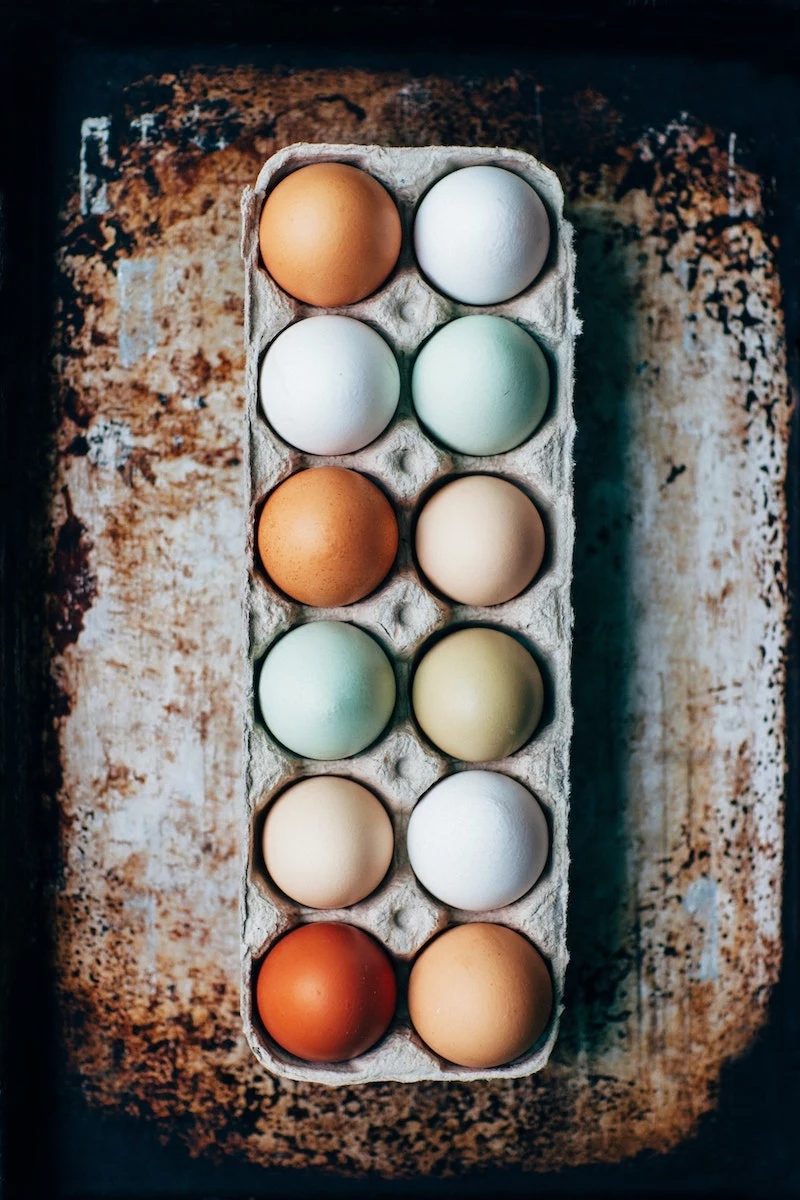
- Iron: If a blood test confirms low ferritin, a doctor can help you supplement correctly. They might suggest a form like iron bisglycinate, which is often gentler on the stomach. Expect to re-test in 3-4 months to see if it’s working.
- Vitamin D: Deficiency is incredibly common. It’s tough to get enough from food, so if a blood test shows you’re low, a supplement is usually the way to go.
- Collagen & Biotin: These are the rockstars of the hair supplement world, but the reality is a bit less glamorous. As we said, biotin only works for the rare few with a real deficiency. For collagen, the science is still out. It might give your body some useful amino acids, but I consider it an optional extra, not a core solution. You’ll get more bang for your buck by just eating enough protein.
Your Hair-Healthy Shopping List
Feeling overwhelmed? Don’t be. Here’s a simple list you can screenshot for your next grocery run. Focus on getting a few things from each category every week.
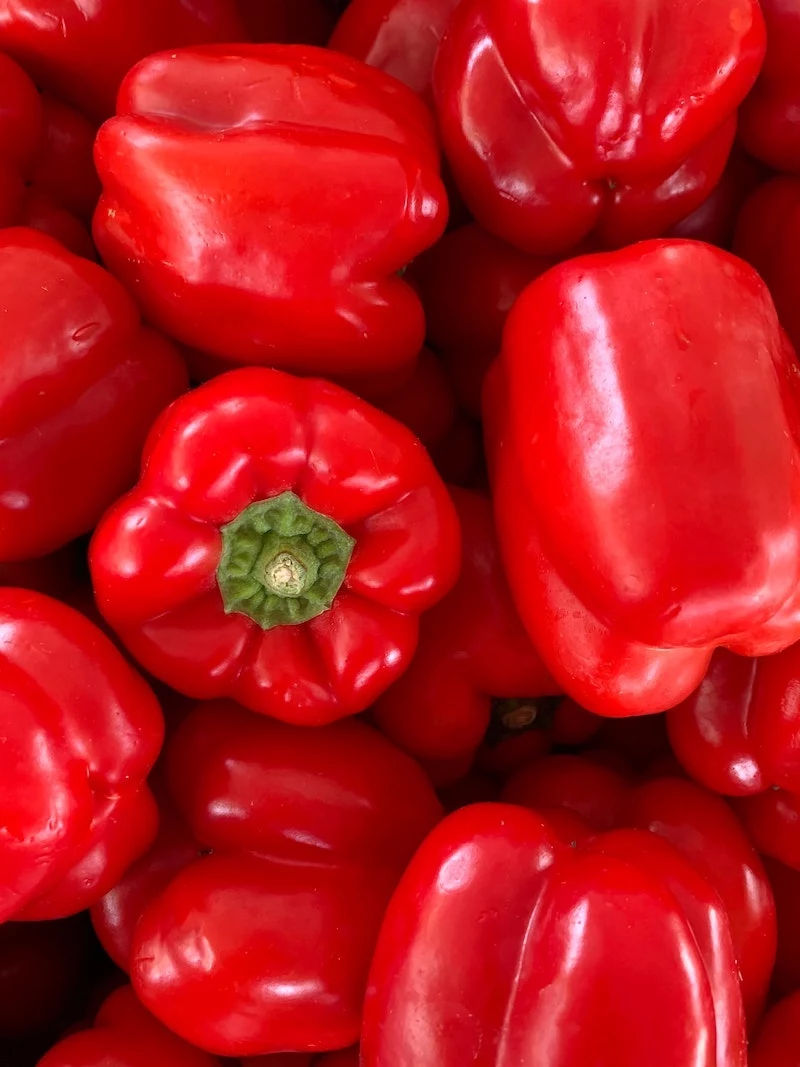
- Protein Powerhouses: Eggs, Greek yogurt, chicken breast, lentils, chickpeas, tofu.
- Iron-Rich Foods: Lean red meat (if you eat it), spinach, beans, lentils, fortified cereals.
- Vitamin C Helpers: Bell peppers (any color!), strawberries, kiwi, oranges, broccoli.
- Healthy Fat Sources: Salmon (canned or fresh), sardines, walnuts, avocados, flaxseeds, chia seeds.
- Zinc & More: Pumpkin seeds, oysters, beef, beans.
Your Quick Win for Today: Don’t try to change everything at once. Just grind up one tablespoon of flaxseed and sprinkle it on whatever you’re eating for lunch or dinner. Done! You just added a dose of fiber and omega-3s.
Final Thoughts: Consistency Beats Perfection
The goal isn’t to eat perfectly every single day. That’s a recipe for burnout. The real goal is consistency over weeks and months. Your hair growth cycle is long, so the changes you make today will affect the hair that shows up three or four months from now.
Be patient with yourself. Focus on adding nourishing foods, not just obsessing over what to cut out. A diet that supports your hair is the same one that supports your energy, mood, and overall health. Think of it less as a ‘hair diet’ and more as a way of eating that lets your whole body—hair included—thrive.
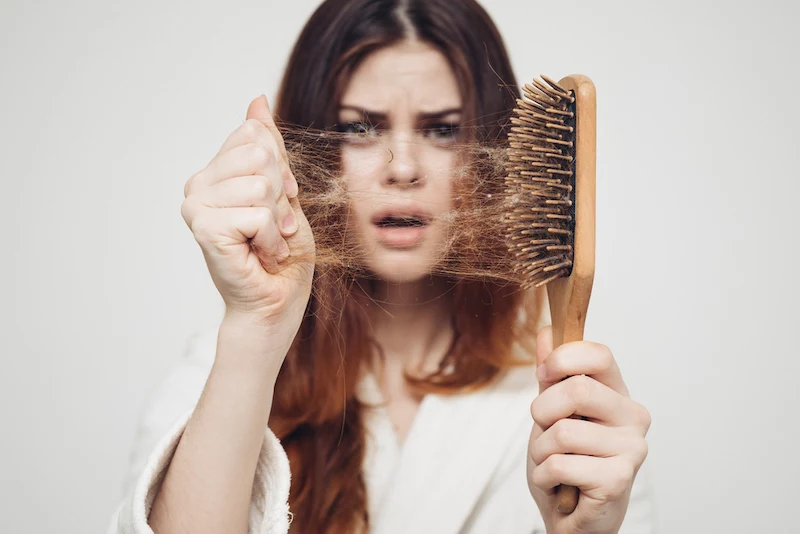
Inspirational Gallery
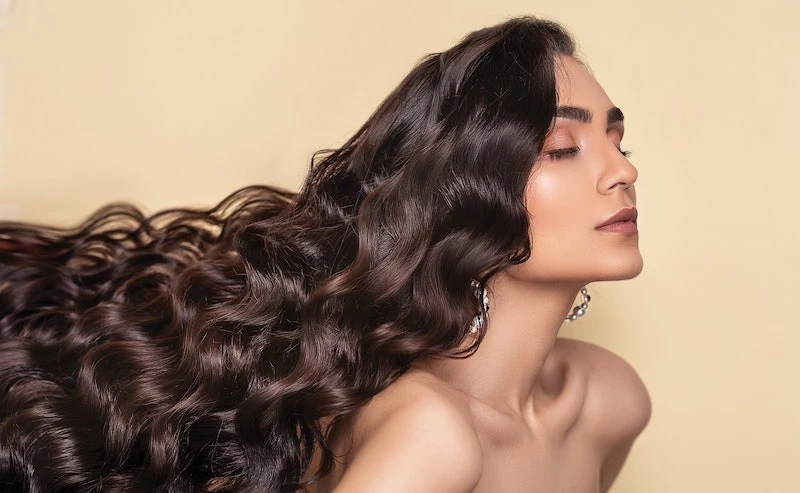
So, should I just pop a biotin pill and call it a day?
Not so fast. While biotin is famous for its role in hair health, isolating it misses the bigger picture. Your hair follicles require a team of nutrients to function optimally. Think of it this way: biotin might be the spark plug, but you still need protein (the engine block), iron (the fuel), and zinc (the oil) to get the car moving. A diet rich in eggs, leafy greens, and lean meats provides this complete package, which your body recognizes and absorbs efficiently. Supplements can help fill specific gaps, but they can’t replicate the powerful synergy of whole foods.










